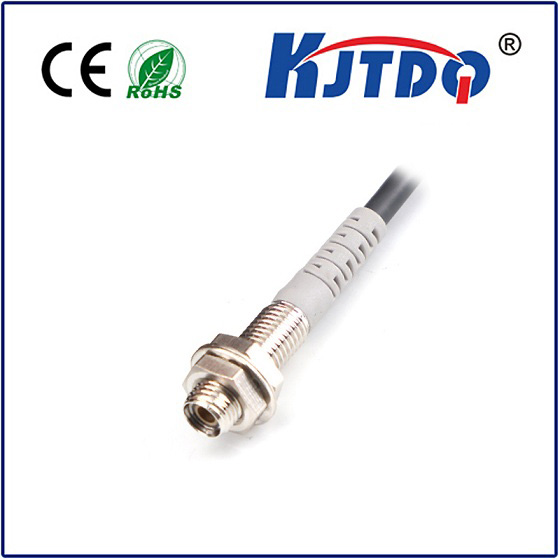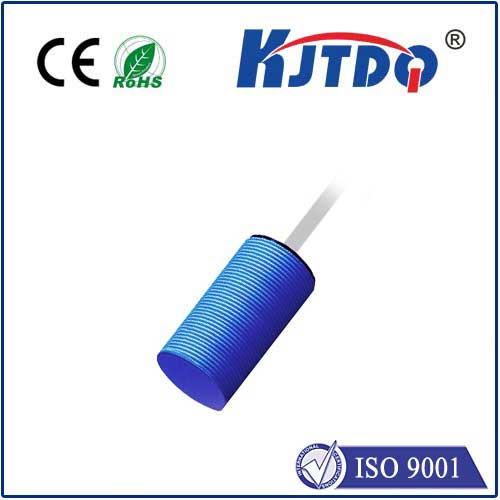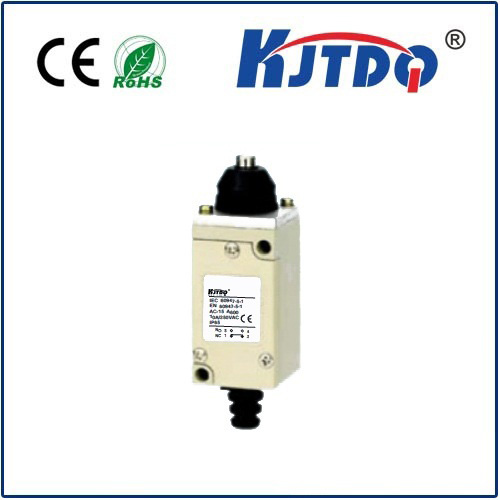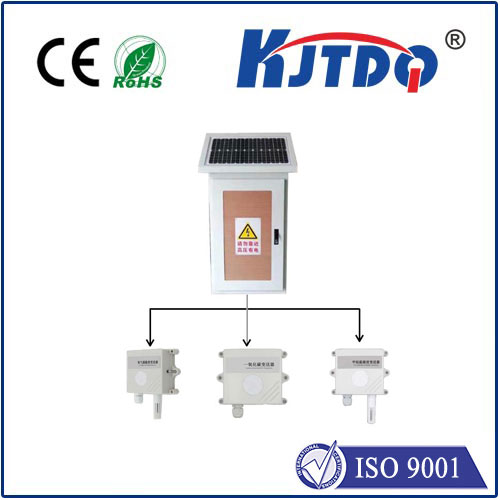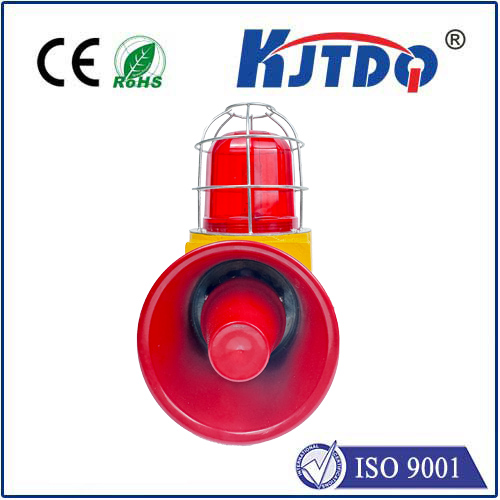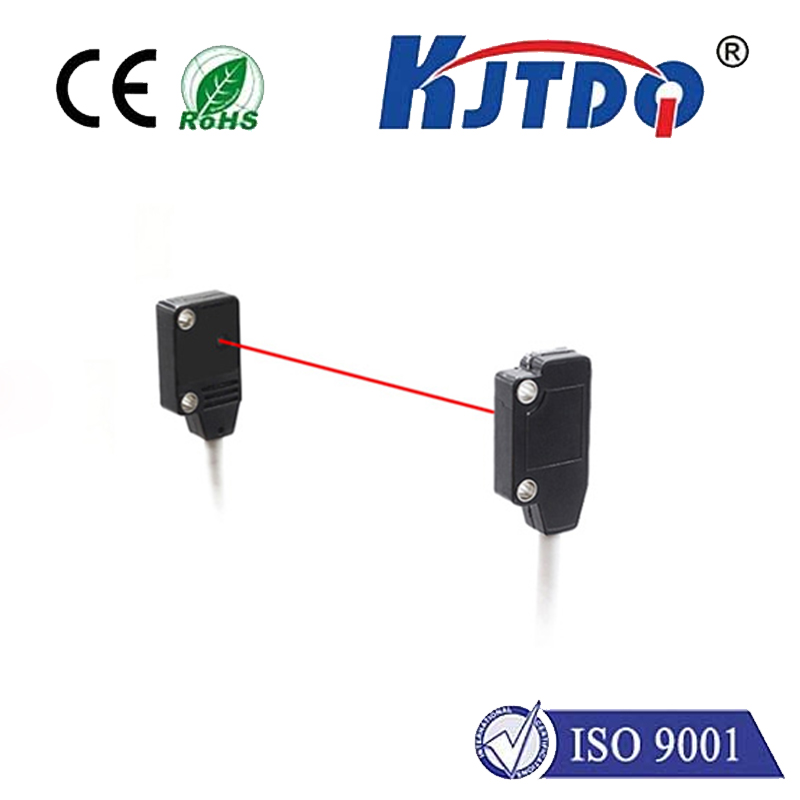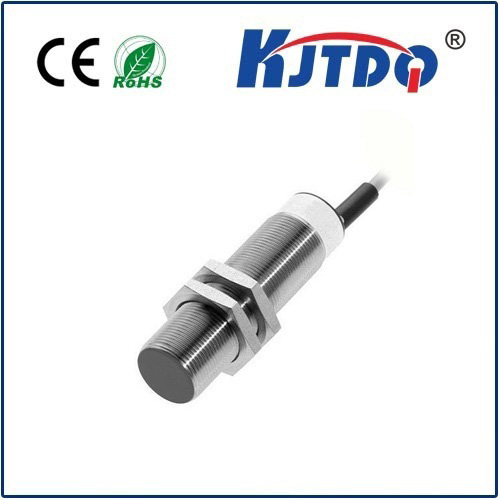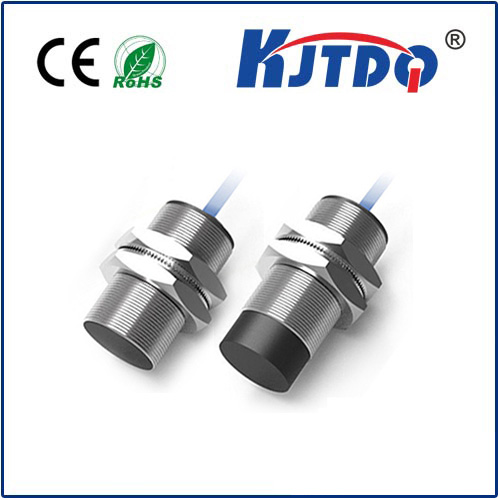
check

check

check

check
In the world of industrial automation and control, limit switches have always played a crucial role. They are used to detect the presence or absence of an object, machine motion, or any mechanical change in position. Over the years, these components have evolved, and the latest trend is towards wireless technology. In this article, we will explore the benefits and potential applications of wireless limit switches.
Wireless Limit Switches: A Game Changer
Traditionally, limit switches were wired directly to the control system, requiring physical connections and cables. However, with advancements in wireless technology, limit switches can now communicate with control systems without the need for any wires. This innovation has opened up a world of possibilities for industrial applications, making installations quicker, more flexible, and cost-effective.
Benefits of Wireless Limit Switches

One of the most significant advantages of wireless limit switches is their ease of installation. With no wires to run, they can be easily mounted on machines or structures, reducing installation time and labor costs. Additionally, wireless switches offer greater flexibility as they can be relocated or reconfigured quickly without having to rewire the entire system.
Another benefit is their ability to work in challenging environments where wiring might not be possible due to space constraints or hazardous conditions. For instance, in situations where explosion-proofing is necessary, wireless switches eliminate the risk associated with electrical sparks from wires.
Applications of Wireless Limit Switches
Wireless limit switches can be used in various industries, including manufacturing, material handling, construction, and agriculture. For example, in manufacturing plants, they can monitor conveyor belts, robotic arms, and assembly lines to ensure that operations are running smoothly. In material handling systems like elevators and cranes, wireless switches can detect overtravel situations, preventing accidents and damage to equipment.
In construction projects, wireless switches can be used to monitor heavy machinery and equipment movement, improving safety and efficiency. Similarly, in agriculture, they can help with precision farming by monitoring irrigation systems and controlling crop harvesting equipment.
Conclusion
The integration of wireless technology into limit switches has revolutionized industrial automation and control. Wireless limit switches offer numerous benefits such as easier installation, increased flexibility, and improved safety in challenging environments. As this technology continues to evolve, it is expected that its use will expand across various industries, further enhancing productivity and efficiency.
